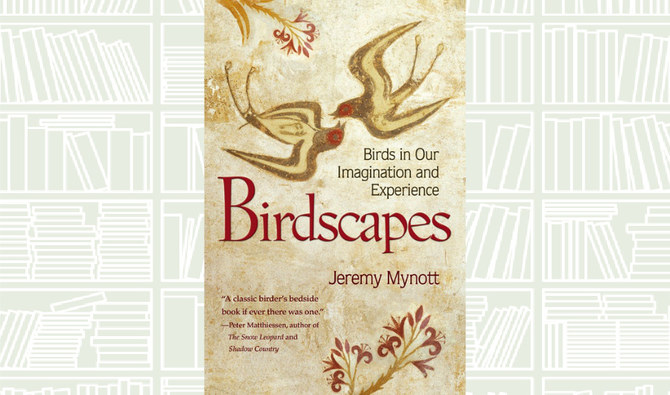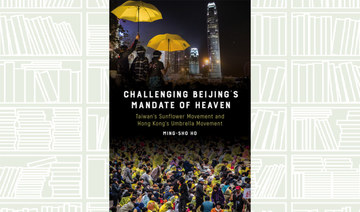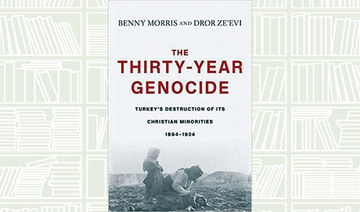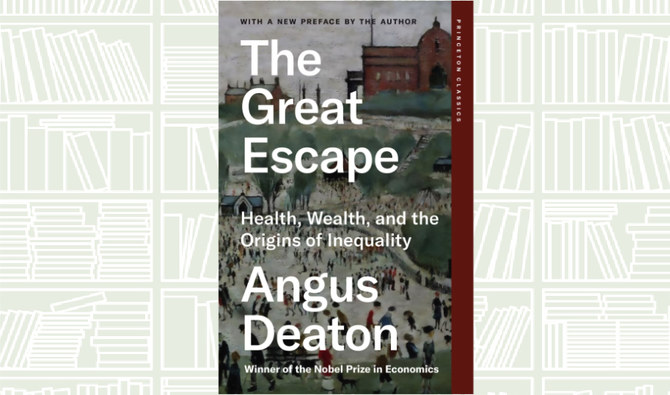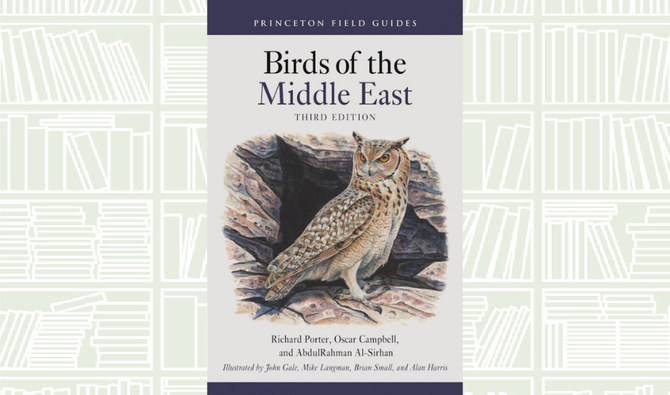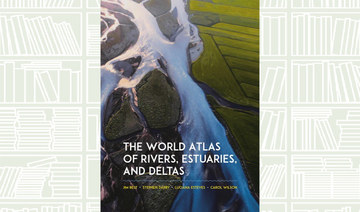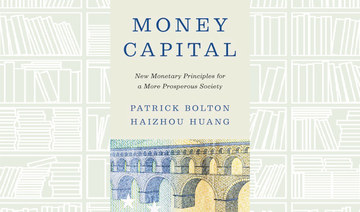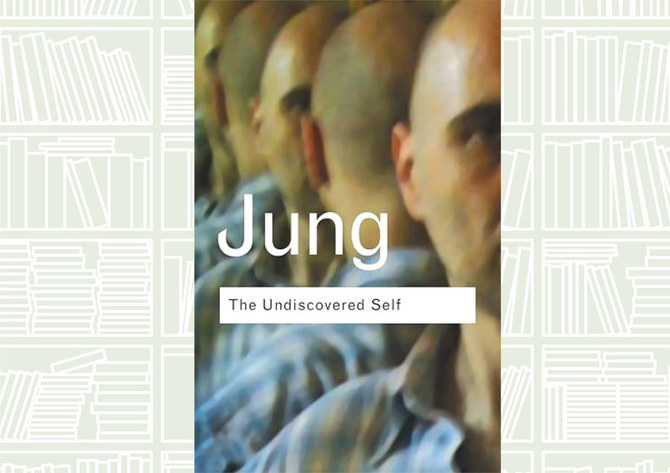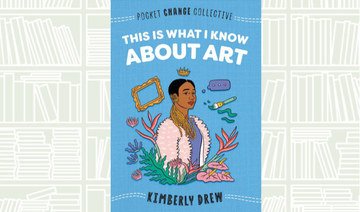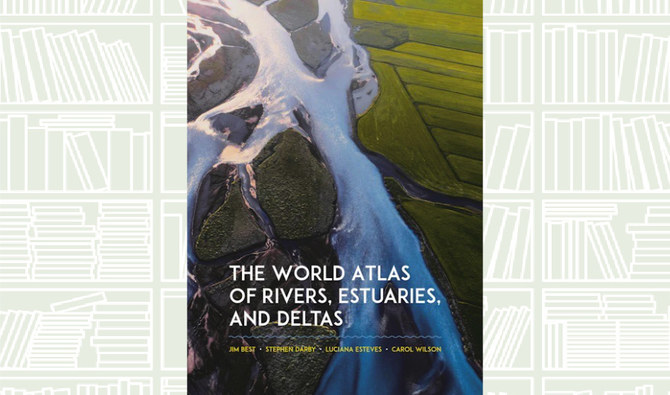What draws us to the beauty of a peacock, the flight of an eagle, or the song of a nightingale? Why are birds so significant in our lives and our sense of the world? And what do our ways of thinking about and experiencing birds tell us about ourselves? Birdscapes is a unique meditation on the variety of human responses to birds, from antiquity to today, and from casual observers to the globe-trotting twitchers who sometimes risk life, limb, and marriages simply to add new species to their life lists.
Drawing extensively on literature, history, philosophy, and science, Jeremy Mynott puts his own experiences as a birdwatcher in a rich cultural context. His sources range from the familiar — Thoreau, Keats, Darwin, and Audubon — to the unexpected — Benjamin Franklin, Giacomo Puccini, Oscar Wilde, and Monty Python. Just as unusual are the extensive illustrations, which explore our perceptions and representations of birds through images such as national emblems, women’s hats, professional sports logos, and a Christmas biscuit tin, as well as classics of bird art.
Each chapter takes up a new theme — from rarity, beauty, and sound to conservation, naming, and symbolism — and is set in a new place, as Mynott travels from his “home patch” in Suffolk, England, to his “away patch” in New York City’s Central Park, as well as to Russia, Australia, and Greece.



